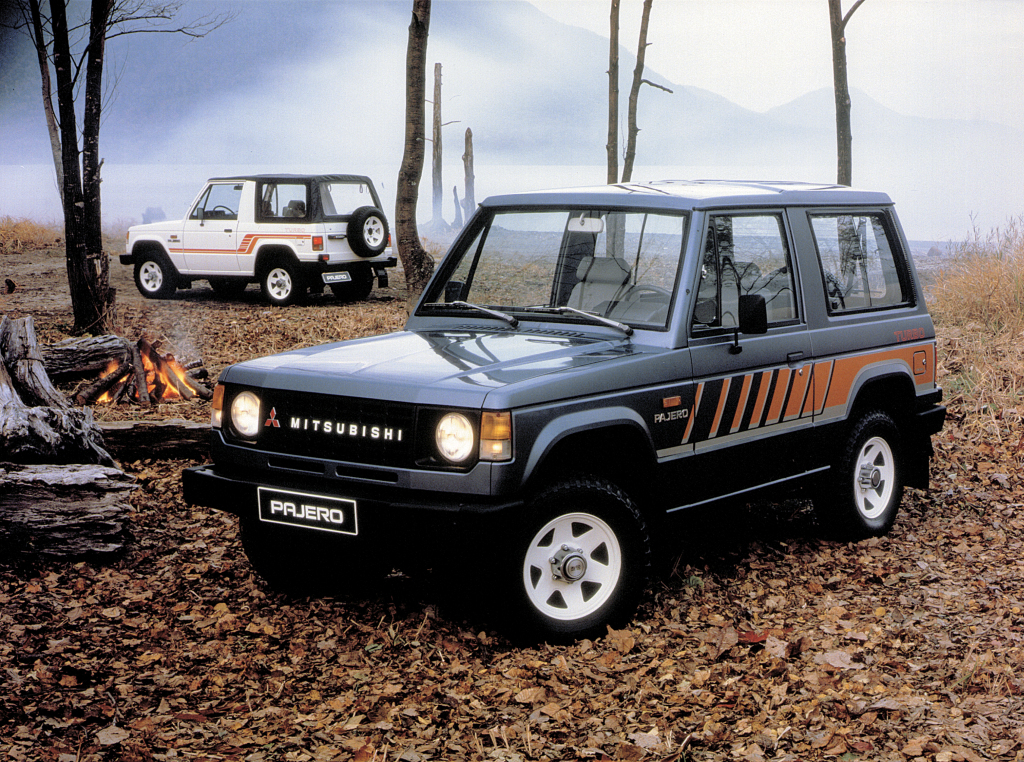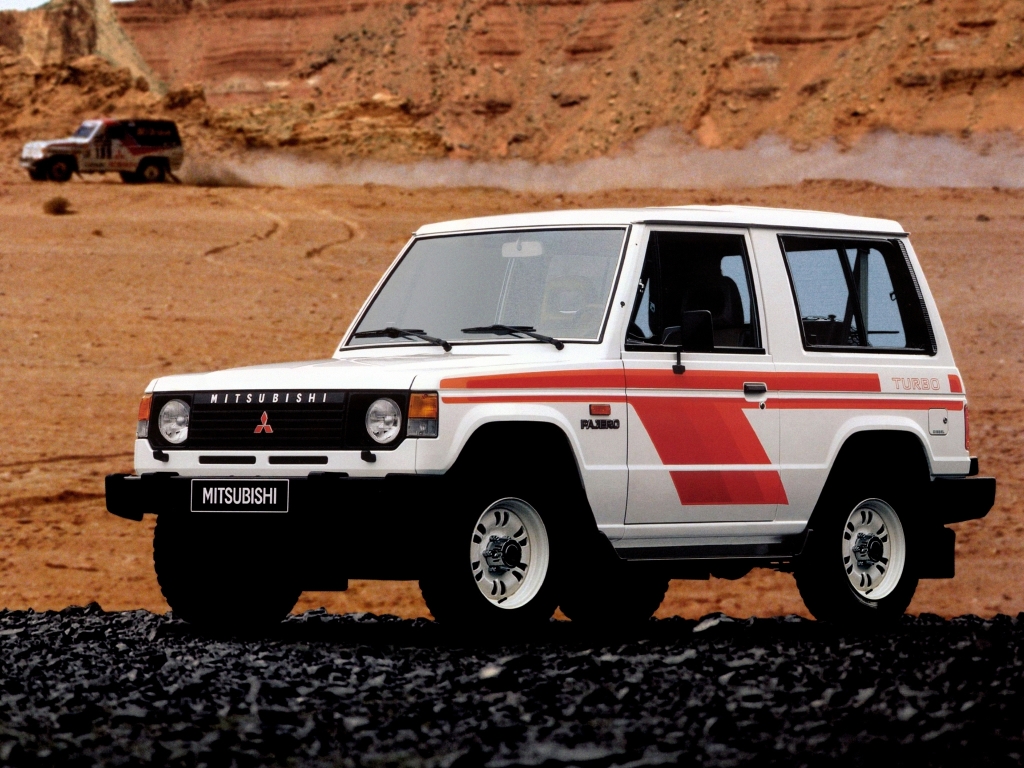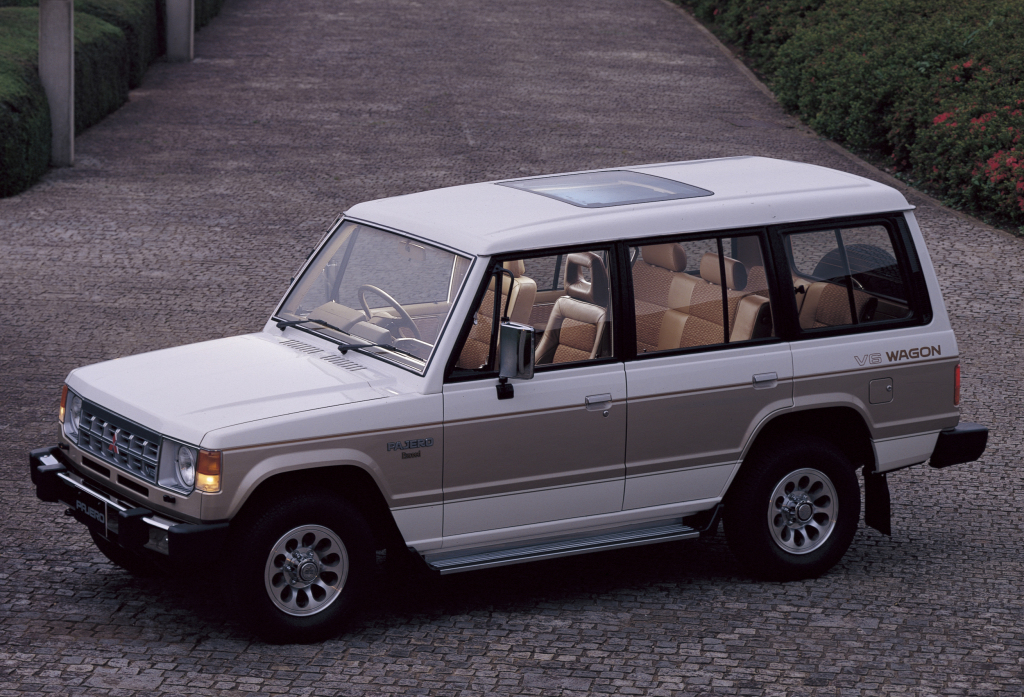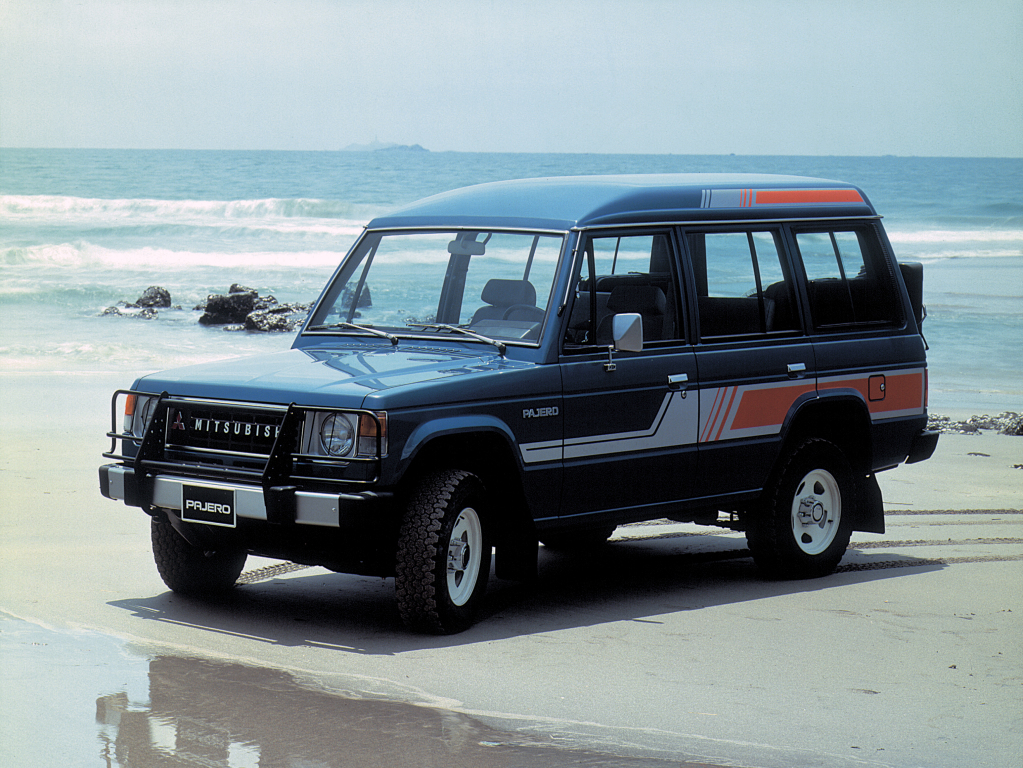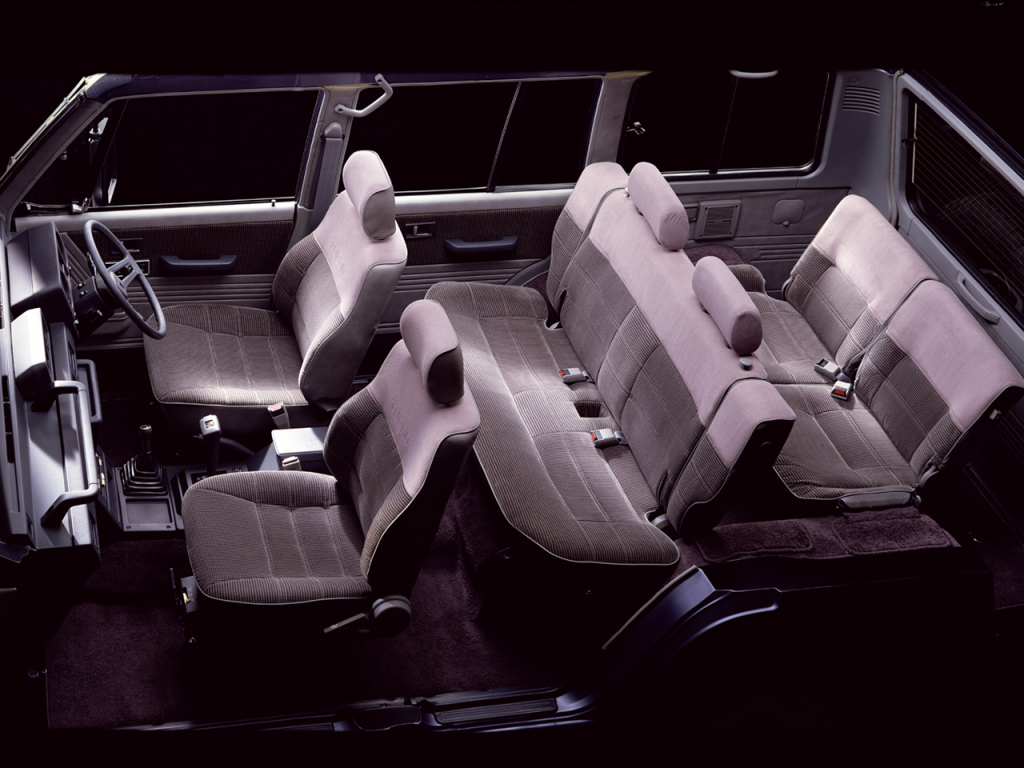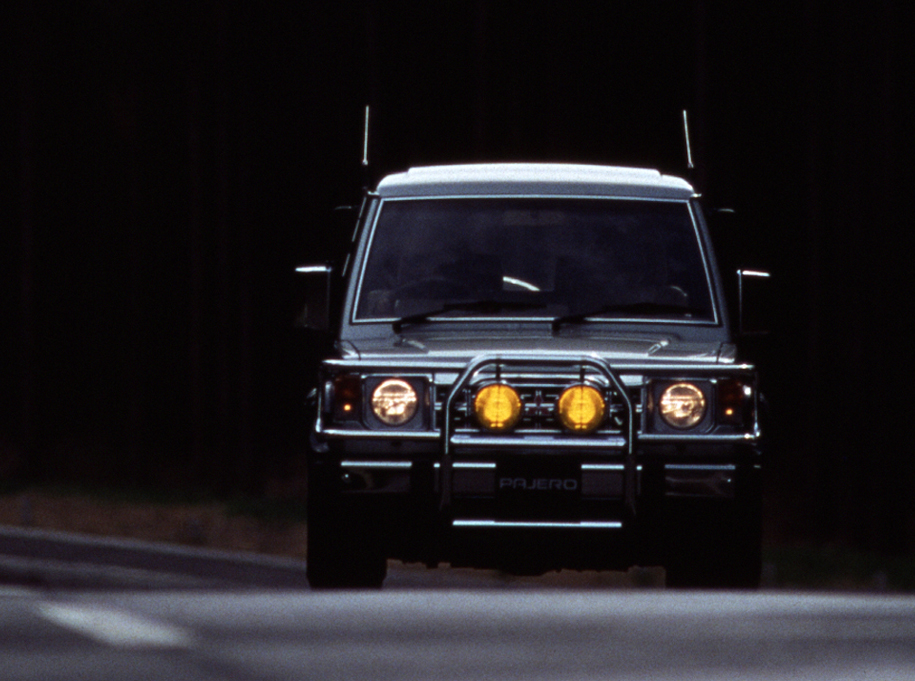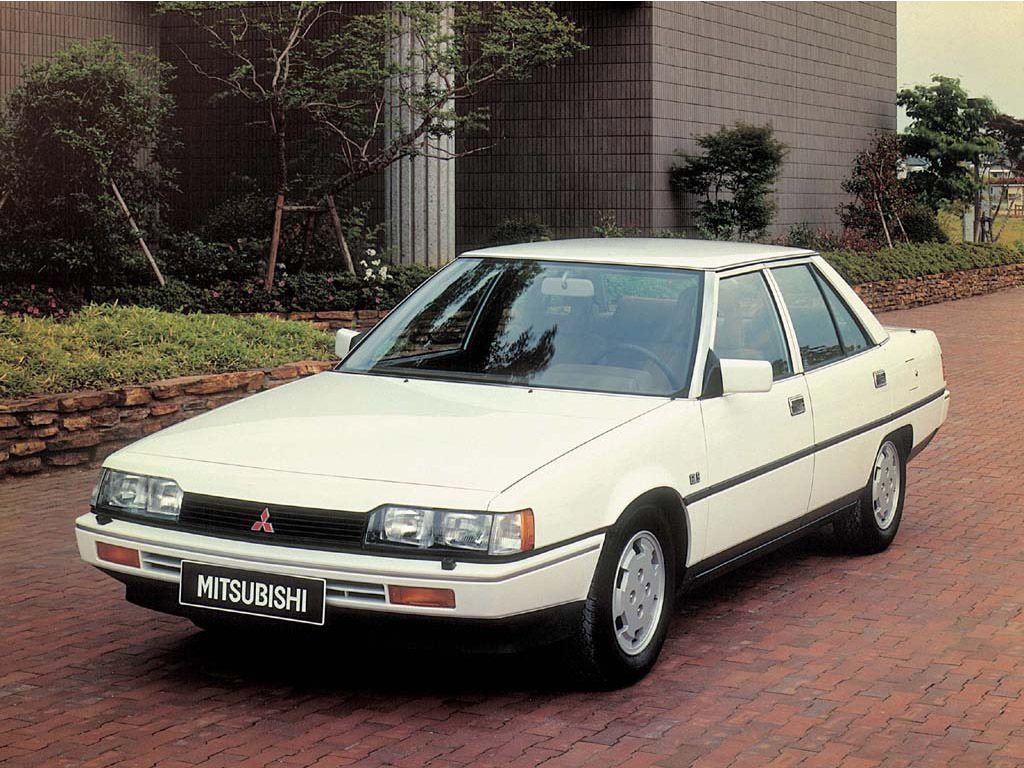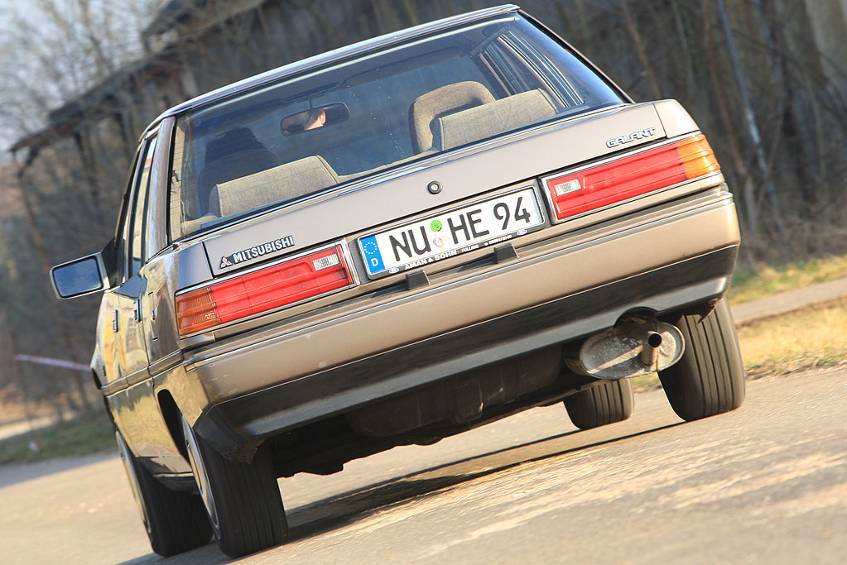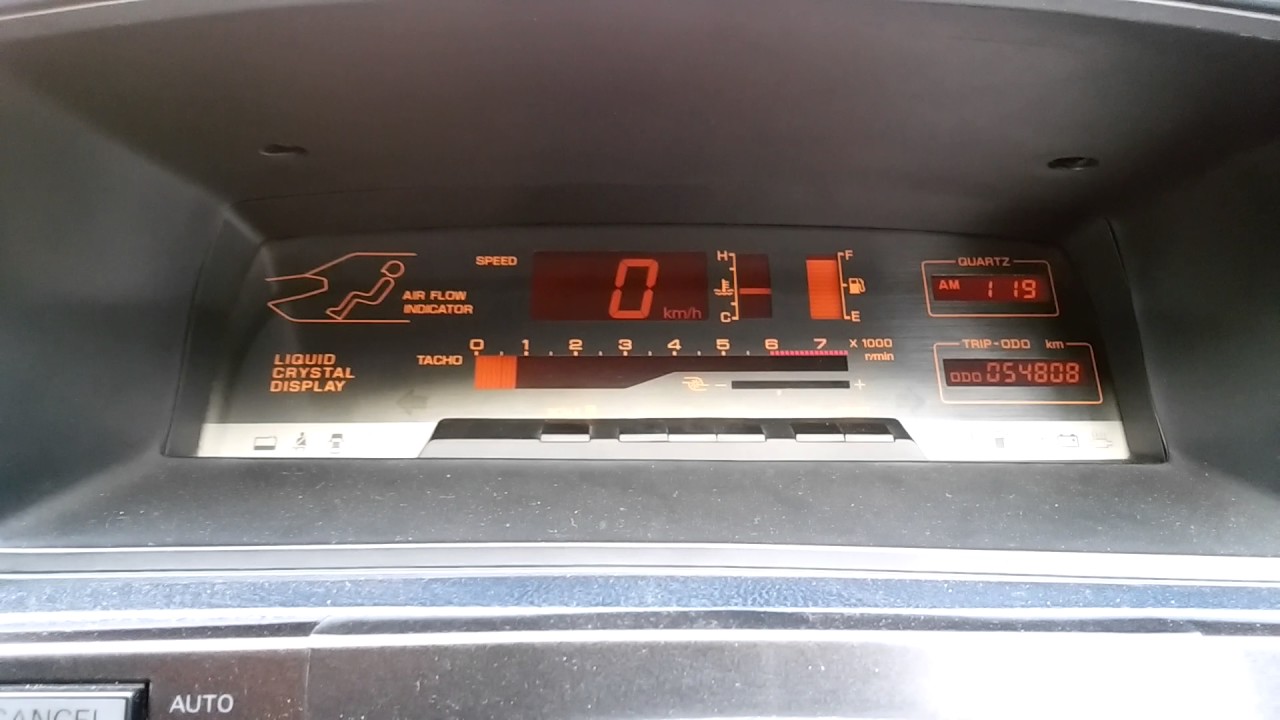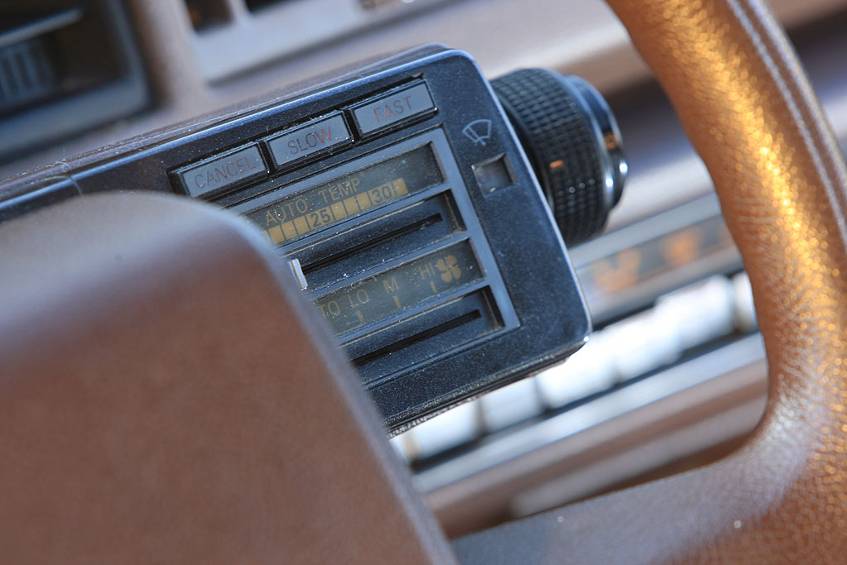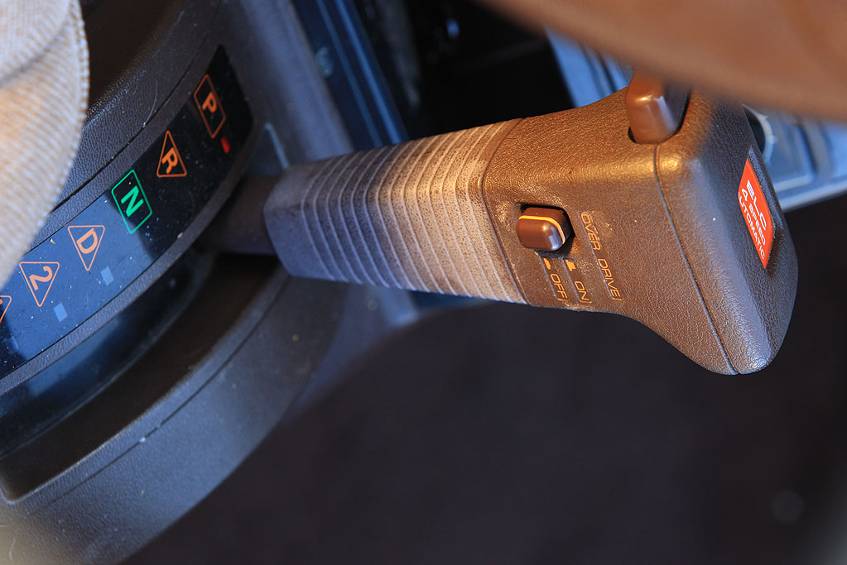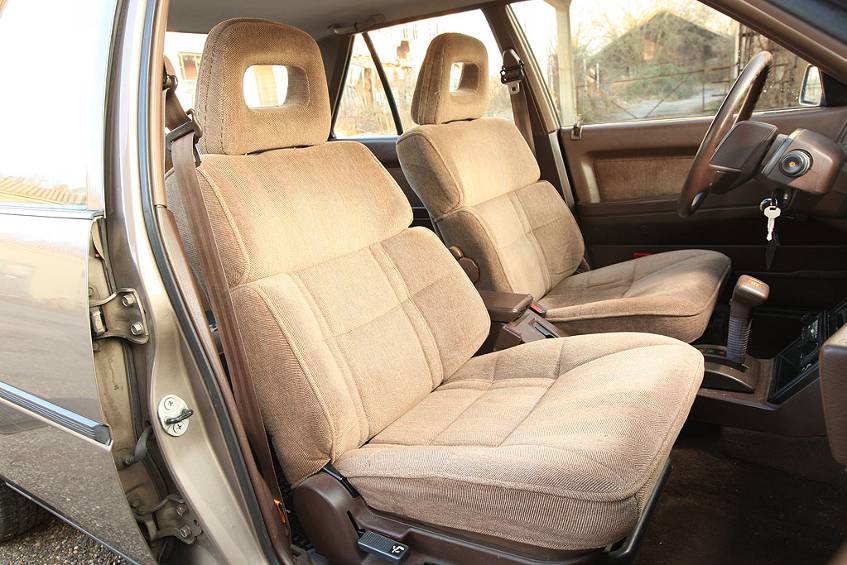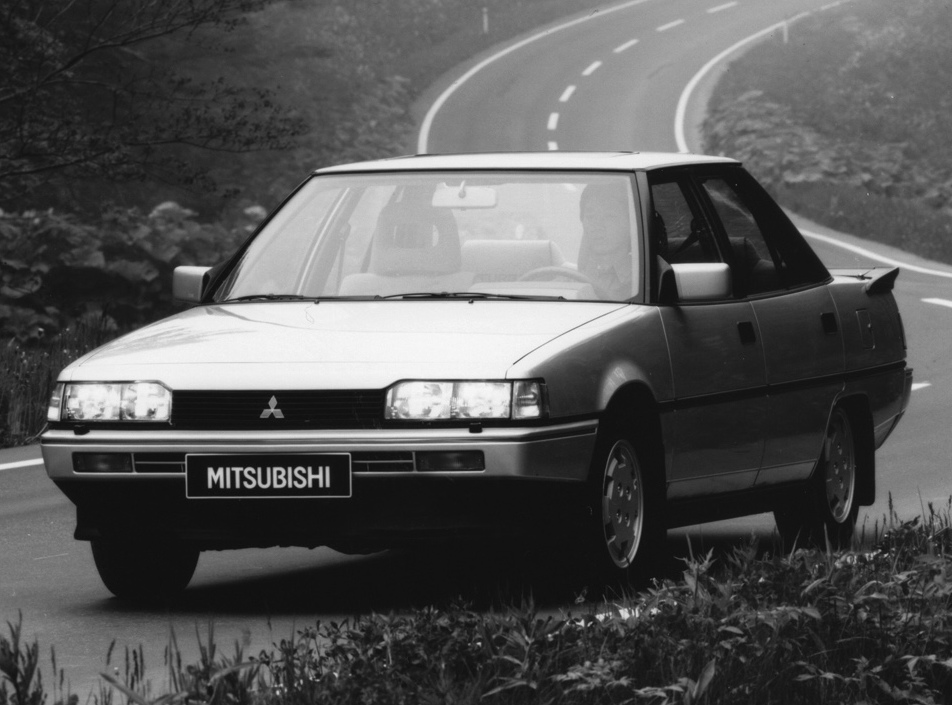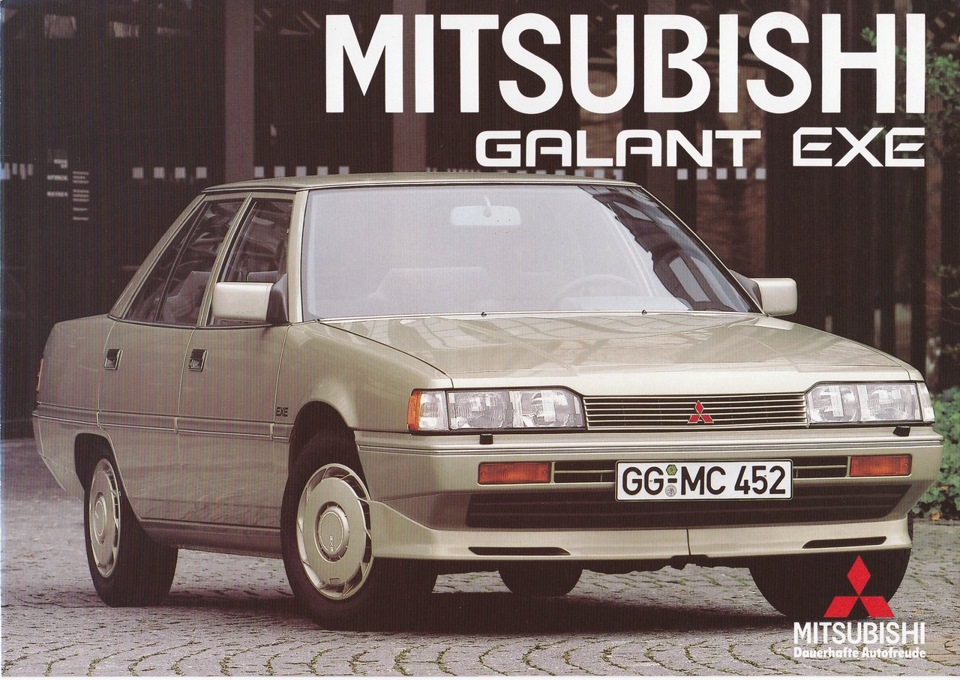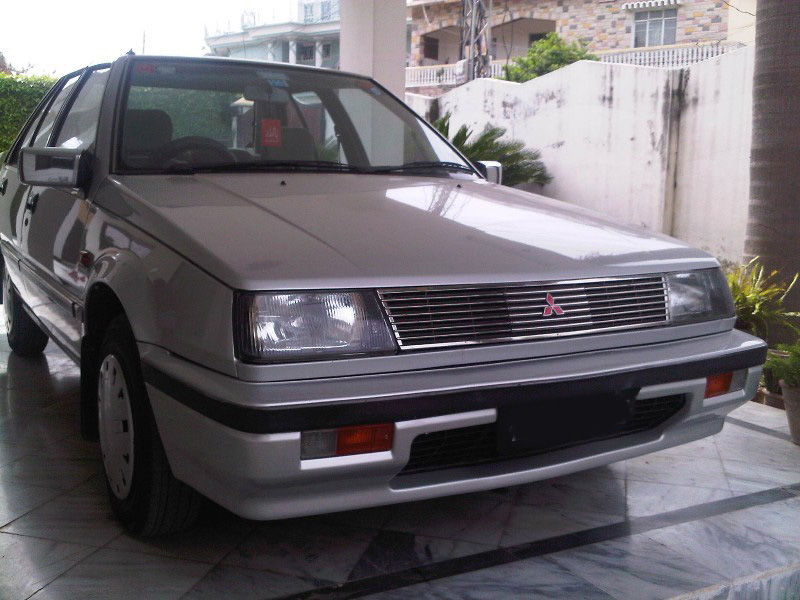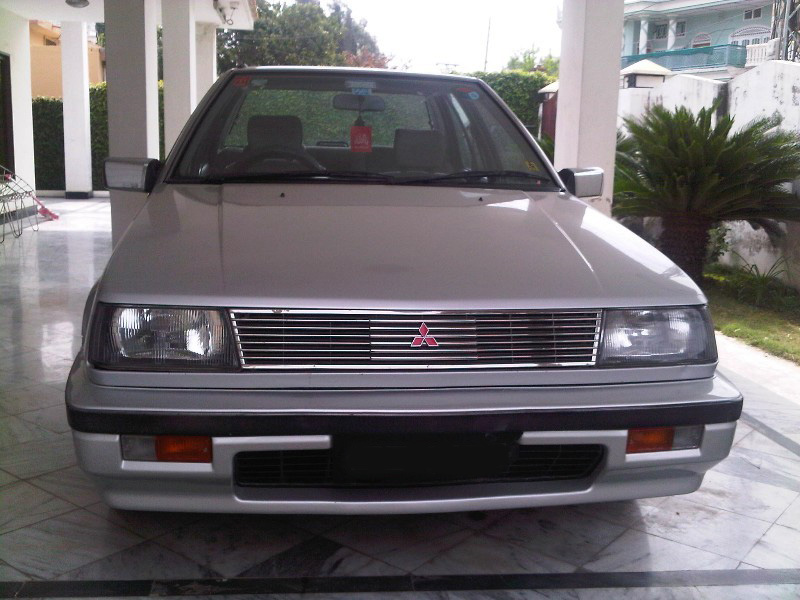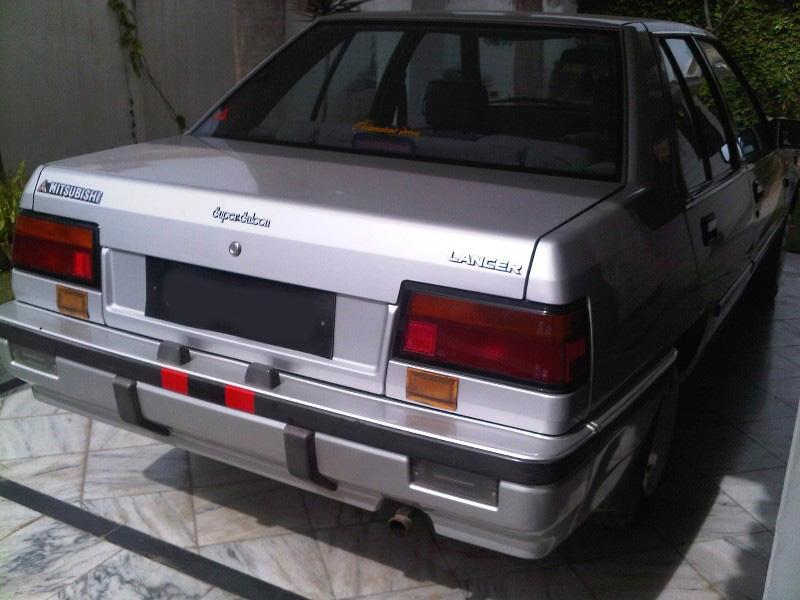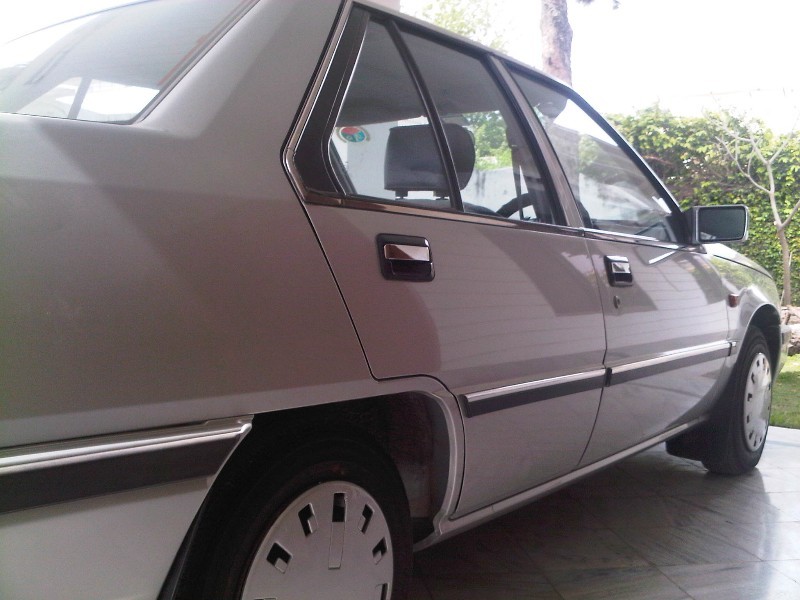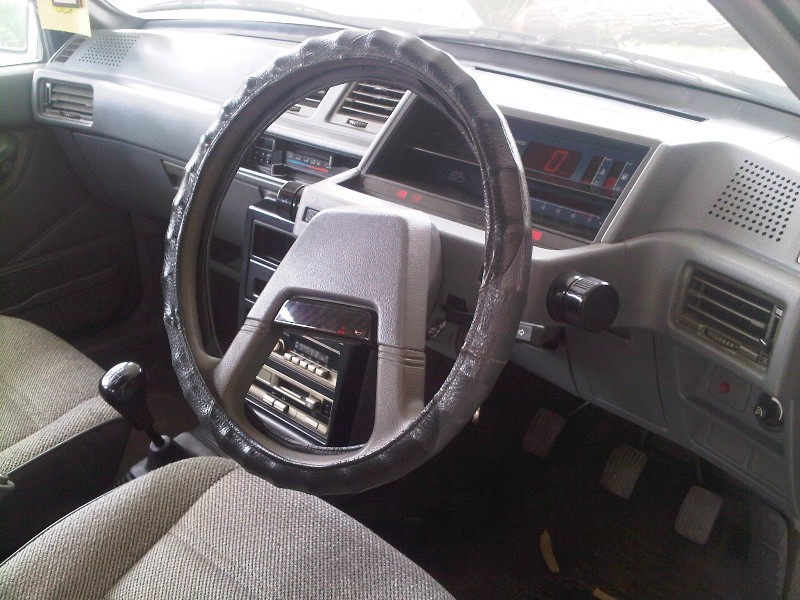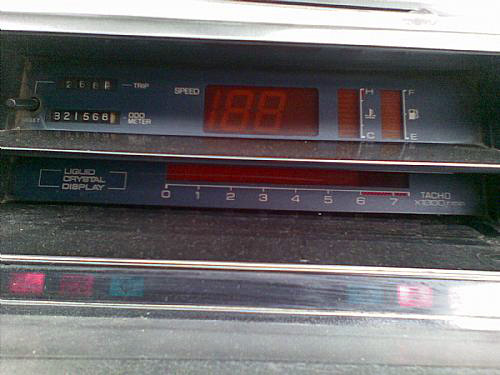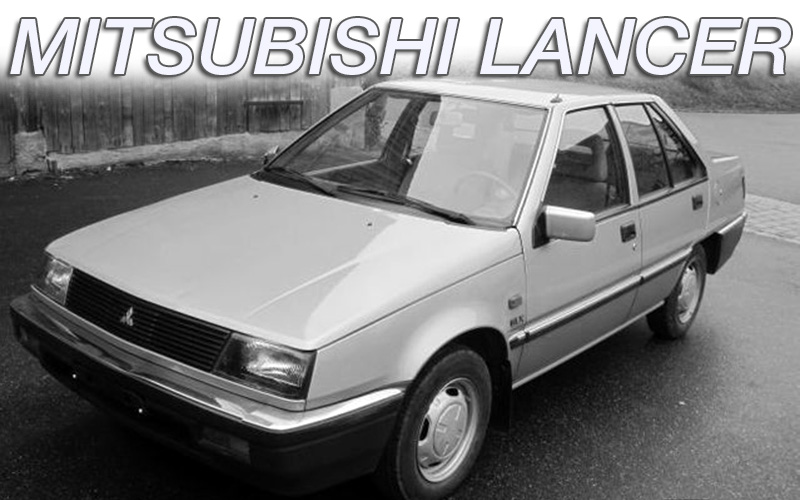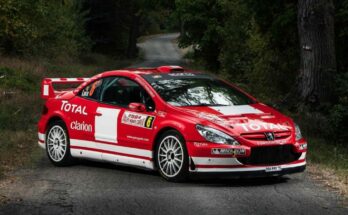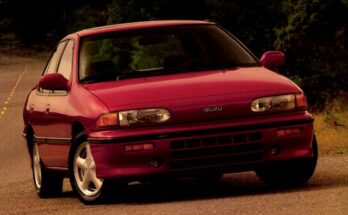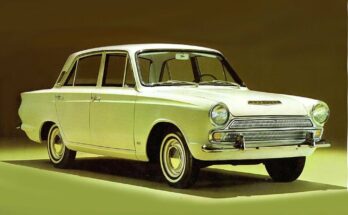1980s was the era of pop music, rise of computer technology, arcade games, block buster movies and more importantly a window to the future. A booming era for everything from technology to toys, the 1980s are still heralded by those who grew up in this seminal decade as one of the most trendsetting times in recent memory.
Related: When Cars Looked Like Cars..
Like everything else, automobile technology saw a major drift in the 80s. Rear-wheel drive cars were replaced with front-wheel drive cars, column-shifters were replaced with floor-shifters, metal bumpers got replaced with black polycarbonate ones, power assisted windows, mirrors and antennas became common, and the use of CAD (computer aided designing) allowed designers and engineers to work closer together resulting in pure geometric shapes which otherwise weren’t possible to achieve with clay modeling techniques.
Of the many things in the 1980s that gave us the peek into future were the Mitsubishi cars. In our market the Mitsubishi trio comprising of Lancer sedan, Galant saloon and Pajero SUV ruled the decade with their brand image, outstanding performance, striking looks and unmatched equipment on offer.
Related: Remembering The Knight Rider from 1980s
While it is a general perception today that Toyota cars are reliable and to-the-purpose and Honda are supposed to be exciting and fun-to-drive, which perhaps is a true statement but ask anyone who has driven a Mitsubishi particularly during the 80s, you might want to reconcile the above statement. Mitsubishi cars of that era were in a completely different league of sensation and excitement.
Mitsubishi Pajero
The first generation Pajero was considered as the ‘Status Symbol’ of the 1980s. Produced between 1983 and 1991, it remained the top choice of elites in Pakistan, before being ousted by Land Cruiser/ Prado & Vigo. In January 1983, Pajero made its debut at the Dakar Rally, taking 1st place in 1985 at only in its 3rd attempt. Till now, Pajero is the most successful vehicle in the Dakar Rally (winning its class 7 out of the last 10 races, and 15 of the full 32 races.)
It was available in both 3-door and 5-door versions and came equipped with a variety of engine options including 2.0 & 2.6 liter petrol, 2.3 liter diesel, 2.0 liter turbocharged petrol, 2.3 and 2.5 liter turbo diesel and 3.0 liter V6 petrol. Available transmission choices were 5-speed manual and 4-speed automatic.
Mitsubishi Galant
Galant remained the prime choice among mid-sized saloons in our market and was considered an arch rival of Honda Accord. The Galant E10 which was the 5th generation model of the Mitsubishi saloon was available between 1983 and 1988. Although there were several engine options available in other markets, most of these cars available here had 1.8 liter naturally aspirated and 1.8 liter turbocharged engines under their hood. There were 4-speed automatic and 5-speed manual transmission options on offer.
Mitsubishi Lancer
When it comes to buying a 1300cc sedan, people today have the choice to select between the two faces of a coin– either City or Corolla. Back then we had the liberty to choose between not less than 7 options, including the Mitsubishi Lancer.
Related: The 1300cc Sedan Market- 1980s vs Today
However as far as the performance and fun-to-drive element was concerned, nothing even came close to the Lancer. The second generation Lancer was available between 1983 and 1987 as was primarily equipped with a 1.3 liter 4G13 engine under its hood. Although several other engine options were available in other markets.
It wasn’t just about how these cars look or perform; even their paint combinations were fantastic as these cars also came equipped with dual-tone color schemes which stood out from the rest of the lot.
And while many today get mesmerized by the digital meter of 8th and 9th gen Honda Civic, the Lancer and Galant gave us the same sensation way back in the 1980s. The top-spec variants of both these cars came equipped with digital speedometer which was something matchless considering what rivals offered back then. It was as if we were in the future already when everything else was pretty much analogue.
The craze of Mitsubishi cars was subdued when the import restrictions came into effect in the early 90s in order to help local industry get on its feet– the industry which unfortunately even after nearly 30 years & all the support from the government feels insecure of 10-years old used imported cars.
Related: From the Forgotten Pages of History
Another aspect was the cost of maintenance, as Mitsubishi vehicles were always considered to be heavier on pocket compared to other available options in the market. And since imports were restricted, sourcing parts from other countries became even more expensive. And while new car buyers had the courage to keep these cars in top-notch condition, the used car buyers never found it easy in tougher circumstances to maintain these cars as they were supposed to. Eventually most of these went into bad shape pretty quickly and became quite undesirable cars within the next decade.
Related: Remembering the Fascinating Pop-up Headlights
Mitsubishi had its problems in other markets too. They did however produce wonders such as the Lancer Evo, but the company wasn’t able to produce mass market sensations like it did during the 1980s. The successors to Lancer, Galant and Pajero after the 1990s were never able to get the same praise and attention which they received in the 80s. Mitsubishi was eventually acquired by Nissan and most of its popular models including the Pajero, Galant and Lancer got discontinued in key markets. Currently as part of Renault-Nissan-Mitsubishi alliance, the company is focused on developing small cars for selected markets. However what Mitsubishi produced in the 1980s will always be remembered.
Have you got an experience of owning any Mitsubishi from the 1980s, let us know with your comments.

A computer animation professional with over 23 years of industry experience having served in leading organizations, TV channels & production facilities in Pakistan. An avid car enthusiast and petrolhead with an affection to deliver quality content to help shape opinions. Formerly written for PakWheels as well as major publications including Dawn. Founder of CarSpiritPK.com



